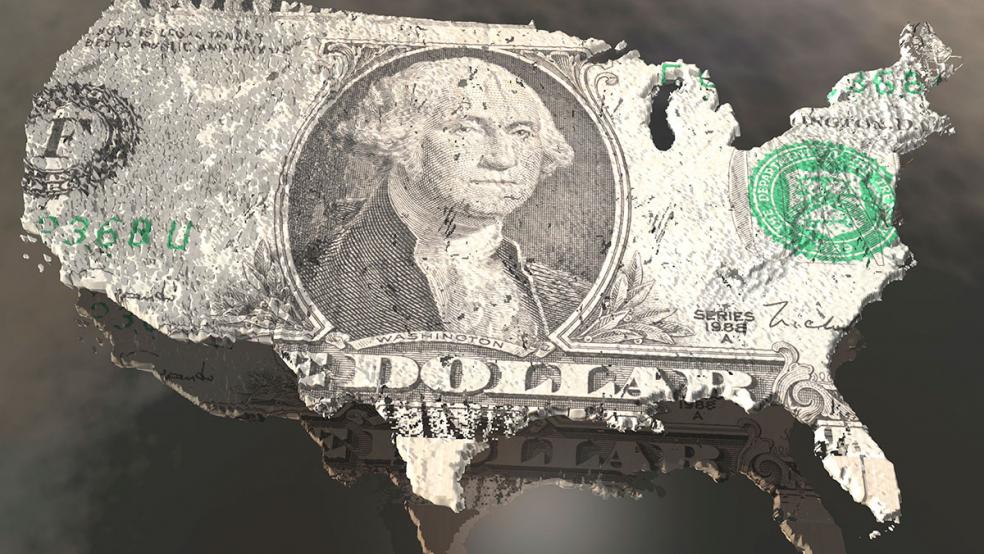It’s hard to avoid paying taxes, but there are usually ways to reduce what you owe. Just ask any company considering a relocation to a different state.
Employers favor states with more lenient tax structures to promote business growth and attract top-notch workers. But gauging the tax climate in each state is challenging given the many types of taxes, exemptions and complex tax schedules.
Nevertheless, the Tax Foundation makes an assessment each year. In its 2017 State Business Tax Climate, the think tank ranks each state by its tax environment. It weighs individual income tax most heavily, followed by sales tax, corporate tax, property tax and then unemployment insurance tax.
Slideshow: The Best and Worst States for Taxes in 2017
A few general themes characterize the best and worst states. The top five states don’t levy at least one major tax — either corporate income tax, the individual income tax or the sales tax. Four have eliminated two major taxes, including top-ranked Wyoming, which has no individual income tax and no sales tax.
At the bottom, six of the 10 worst states for taxes had the highest property taxes per capita. In general, the states with the worst tax ratings have complicated, progressive taxes with comparatively high rates. New Jersey, ranked last, has the second-highest property tax per capita, and its 7 percent sales tax is tied for second highest in the country.
This year, the District of Columbia dropped the most from last year’s ranking, falling seven spots, because of changes in its individual income tax structure. The nation’s capital created a new, higher income tax bracket that kicks in at $1 million.
Related: 8 Changes Coming to Your Taxes in 2017
The most improved states compared to last year’s ranking were Hawaii and Pennsylvania. In Hawaii, a temporary tax increase expired this year and eliminated the top three individual income tax brackets. The top marginal rate decreased from 11 percent to 8.25 percent as a result, and the state moved up four spots in this year’s ranking.
Pennsylvania also rose four slots after the state improved its unemployment insurance tax structure and eliminated its capital stock tax, which was originally slated to expire in 2014 but didn’t until 2016.
Click here to see this year’s full ranking, ranging from the worst (highest) to the best (lowest) tax burdens.





